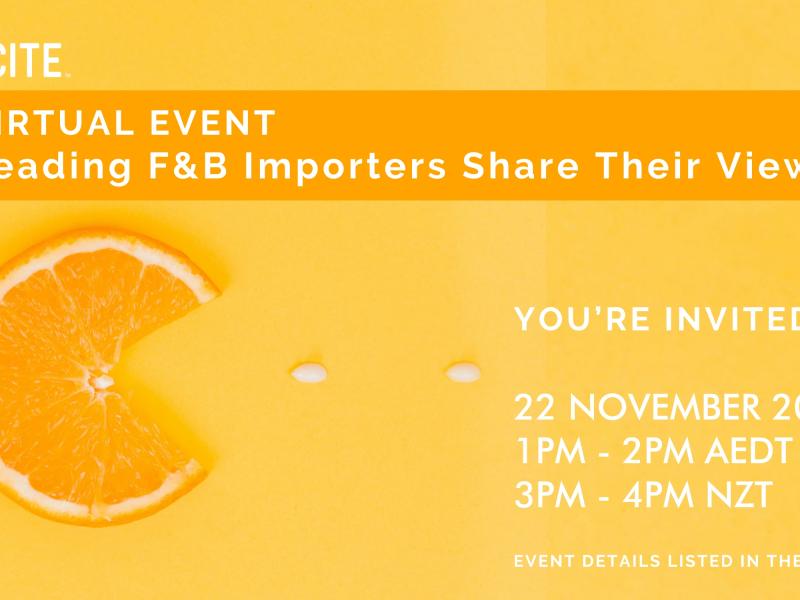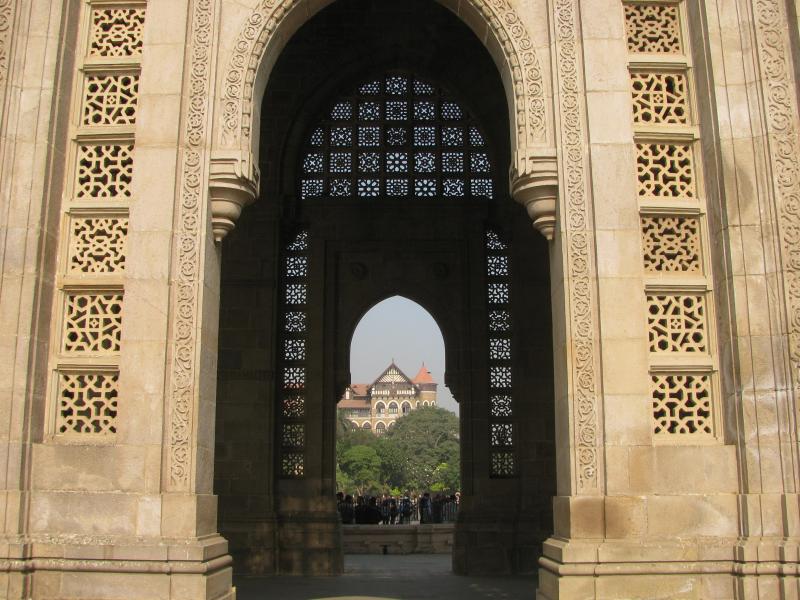Ziena Jalil explains the three key ingredients to building a brand in the world’s largest democracy.
The changing global economic dynamics have helped propel attention towards India – the world’s largest democracy and a strong engine for growth. And this year’s visit to New Zealand by Indian President Pranab Mukherjee, the first visit by an Indian president to our shores, signalled a renewed friendship between New Zealand and Asia’s second-largest giant. It also reflected the growing influence of the Indian diaspora on our economy, gesturing to New Zealand exporters that India is open for business.
But building a brand within a country that is so diverse and regionally fragmented is challenging for even the most astute operator.
In the spirit of ‘knowing your audience’ – one of our guiding communications principles – the key is to understand the trio of national obsession: politics, Bollywood and cricket. Because it always starts with what the market wants to hear, not what you want to tell it.
Politics
In India’s most recent general elections, Narendra Modi’s BJP had the most conclusive victory of any political party in the country’s history. There was one key aspect of the campaign that gives insight into doing business in India: the Modi campaign was not really a national campaign. It never could be – India is too culturally, religiously and linguistically diverse.
Instead, BJP’s campaign used data to enable heavy micro-targeting of specific groups, finding out what the hot-button issues were for key audiences and communicating in ways which would resonate with these unique groups. Without understanding this, the Modi campaign would not have resonated with anyone.
The lesson here is to understand who you are targeting – particularly in a land of such contrasts and contradictions as India.
Bollywood
Bollywood (Indian cinema) is one of the largest movie-making industries in the world, attracting thousands of aspiring actors and actresses, all hoping for a break. Just as in Hollywood, very few succeed.
So what helps those who have succeeded remain on top?
Take Shah Rukh Khan, one of the biggest stars in the industry. Starting out with what were unconventional, often negative roles, he secured attention and then quickly returned to the standard expectations of an Indian hero and established himself as the ‘King of Romance’.
The lesson here is that starting off promoting a generic product may not get you the attention you need in India. Niche offerings are key to the initial brand-building phase. Shah Rukh Khan is also the undisputed king of endorsements, and that has made him the second wealthiest entertainment industry star in the world. (At real US dollar values.)
And that reminds us that you can’t just let your product speak for itself, or rely on one or two ‘appearances’ a year. Building and then maintaining brand presence is crucial.
Cricket
You have probably heard before that cricket is a religion in India. And there is nothing that Indians associate more with New Zealand than cricket.
Education New Zealand understands this, and over the past two years has been leveraging Stephen Fleming’s huge positive profile in India to promote the New Zealand education message. Through Fleming, they interact directly with thousands of students at prestigious Indian institutions – obtaining access that would have been otherwise very difficult to get.
The other point to note is that Indian cricket fans can be fickle. Unless you are a Dhoni or Tendulkar, you are only as good as your last score. Indian fans routinely jump from franchise to franchise.
Indian consumers are just as faddish, and there is no room for complacency in brand building. This goes back to the Bollywood point – one or two appearances simply won’t be enough in India.
To build a brand in India, you need to understand your audience, have a niche offering, maintain a strong presence that is responsive to changing fads – and, well, at least know the difference between a ‘bouncer’ and a ‘yorker’.
In India, a very common saying is “all’s well that ends well, and if it’s not well, it’s not the end”. Employing persistence, patience and perseverance as key tactics will see you through.
This article was adapted from a lecture SenateSHJ partner Ziena Jalil gave to Massey University communications and public relations students on international public relations, based on her experience as a regional director for Education New Zealand in India. Jalil is also a former NZ Trade Commissioner, based in Singapore.





